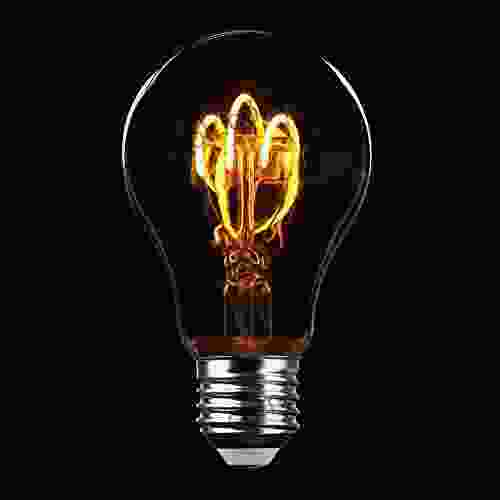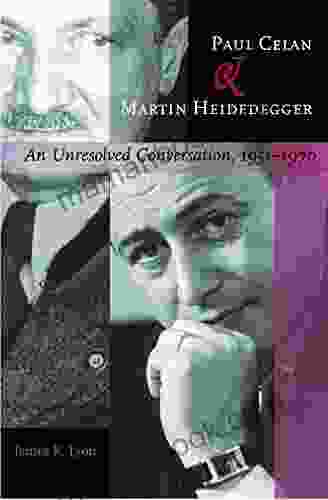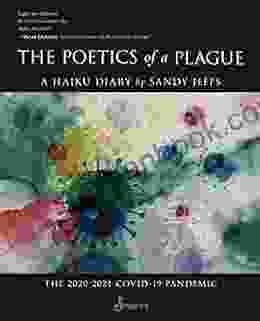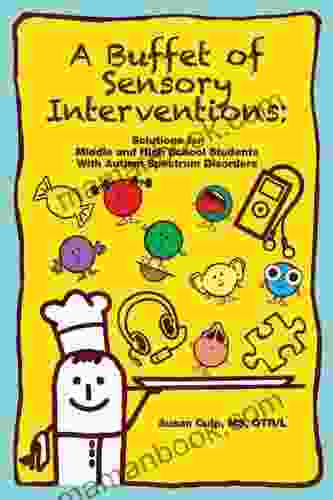TensorFlow MNIST: Read Your Own Handwritten Digit Video Walkthrough Tutorial

In this tutorial, we'll build a TensorFlow model that can read handwritten digits. We'll use the MNIST dataset, which is a large dataset of grayscale images of handwritten digits. We'll use a convolutional neural network (CNN) to recognize the digits in the images.
This tutorial is a video walkthrough, so you can follow along and see exactly how to build the model. We'll cover everything from loading the data to training the model to evaluating its performance.
5 out of 5
| Language | : | English |
| File size | : | 801 KB |
| Text-to-Speech | : | Enabled |
| Screen Reader | : | Supported |
| Enhanced typesetting | : | Enabled |
| Print length | : | 17 pages |
| Lending | : | Enabled |
Loading the Data
The first step is to load the MNIST dataset. We can do this using the TensorFlow keras.datasets module.
python (x_train, y_train),(x_test, y_test) = keras.datasets.mnist.load_data()
The x_train and y_train variables contain the training data, and the x_test and y_test variables contain the test data. The x variables contain the images of the handwritten digits, and the y variables contain the labels for the digits.
Preprocessing the Data
Before we can train the model, we need to preprocess the data. This involves scaling the pixel values to be between 0 and 1, and converting the labels to a one-hot encoding.
python x_train = x_train.astype('float32') / 255.0 x_test = x_test.astype('float32') / 255.0
y_train = keras.utils.to_categorical(y_train, 10) y_test = keras.utils.to_categorical(y_test, 10)
The astype function scales the pixel values to be between 0 and 1. The to_categorical function converts the labels to a one-hot encoding. This means that each label is represented by a vector of 10 elements, with a 1 in the position of the correct label and 0s in all other positions.
Building the Model
Now that the data is preprocessed, we can build the model. We'll use a CNN with two convolutional layers, followed by a fully connected layer.
python model = keras.models.Sequential([ keras.layers.Conv2D(32, (3, 3),activation='relu', input_shape=(28, 28, 1)),keras.layers.MaxPooling2D((2, 2)),keras.layers.Conv2D(64, (3, 3),activation='relu'),keras.layers.MaxPooling2D((2, 2)),keras.layers.Flatten(),keras.layers.Dense(128, activation='relu'),keras.layers.Dense(10, activation='softmax') ])
The first two layers in the model are convolutional layers. These layers use a filter to convolve over the input data. The filter is a small matrix of weights, and the convolution operation involves multiplying the filter by the input data and summing the products. The output of the convolution is a feature map, which is a 2D representation of the features that the filter has detected in the input data.
The MaxPooling2D layers are used to reduce the dimensionality of the feature maps. These layers take the maximum value from each 2x2 block of the input data. This reduces the size of the feature maps by a factor of 2 in each dimension.
The Flatten layer is used to convert the feature maps into a 1D array. This is necessary before we can pass the data to the fully connected layer.
The Dense layers are fully connected layers. These layers take a vector of input data and produce a vector of output data. The first fully connected layer has 128 units, and the second fully connected layer has 10 units.
Training the Model
Once the model is built, we can train it on the training data. We'll use the compile method to specify the loss function, optimizer, and metrics to track during training.
python model.compile(optimizer='adam', loss='categorical_crossentropy', metrics=['accuracy'])
model.fit(x_train, y_train, epochs=10)
The compile method takes three arguments:
* optimizer: The optimizer to use to update the model's weights during training. We're using the Adam optimizer, which is a popular choice for training deep learning models. * loss: The loss function to use to measure the error between the model's output and the true labels. We're using the categorical crossentropy loss, which is a common choice for multi-class classification problems. * metrics: A list of metrics to track during training. We're tracking the accuracy, which is the percentage of correct predictions.
The fit method takes two arguments:
* x_train: The training data. * y_train: The labels for the training data. * epochs: The number of epochs to train the model for. An epoch is one pass through the entire training dataset.
Evaluating the Model
Once the model is trained, we can evaluate its performance on the test data. We'll use the evaluate method to calculate the loss and accuracy on the test data.
python model.evaluate(x_test, y_test)
The evaluate method returns a list of two values:
* The loss on the test data. * The accuracy on the test data.
Making Predictions
Once the model is trained, we can use it to make predictions on new data. We can pass a new image to the model, and it will return the predicted label for the image.
python new_image = ...
prediction = model.predict(new_image)
The predict method takes an image as input and returns the predicted label for the image.
In this tutorial, we built a TensorFlow model that can read handwritten digits. We used a CNN to recognize the digits in the images. We also learned how to preprocess the data, train the model, and evaluate its performance.
This tutorial is a great starting point for learning how to build deep learning models. You can use the skills that you learned in this tutorial to build your own models for other tasks, such as image classification, object detection, and natural language processing.
5 out of 5
| Language | : | English |
| File size | : | 801 KB |
| Text-to-Speech | : | Enabled |
| Screen Reader | : | Supported |
| Enhanced typesetting | : | Enabled |
| Print length | : | 17 pages |
| Lending | : | Enabled |
Do you want to contribute by writing guest posts on this blog?
Please contact us and send us a resume of previous articles that you have written.
 Top Book
Top Book Novel
Novel Fiction
Fiction Nonfiction
Nonfiction Literature
Literature Paperback
Paperback Hardcover
Hardcover E-book
E-book Audiobook
Audiobook Bestseller
Bestseller Classic
Classic Mystery
Mystery Thriller
Thriller Romance
Romance Fantasy
Fantasy Science Fiction
Science Fiction Biography
Biography Memoir
Memoir Autobiography
Autobiography Poetry
Poetry Drama
Drama Historical Fiction
Historical Fiction Self-help
Self-help Young Adult
Young Adult Childrens Books
Childrens Books Graphic Novel
Graphic Novel Anthology
Anthology Series
Series Encyclopedia
Encyclopedia Reference
Reference Guidebook
Guidebook Textbook
Textbook Workbook
Workbook Journal
Journal Diary
Diary Manuscript
Manuscript Folio
Folio Pulp Fiction
Pulp Fiction Short Stories
Short Stories Fairy Tales
Fairy Tales Fables
Fables Mythology
Mythology Philosophy
Philosophy Religion
Religion Spirituality
Spirituality Essays
Essays Critique
Critique Commentary
Commentary Glossary
Glossary Bibliography
Bibliography Index
Index Table of Contents
Table of Contents Preface
Preface Introduction
Introduction Foreword
Foreword Afterword
Afterword Appendices
Appendices Annotations
Annotations Footnotes
Footnotes Epilogue
Epilogue Prologue
Prologue Mika Lane
Mika Lane James Weldon Johnson
James Weldon Johnson Roberta Kagan
Roberta Kagan Milton Sanford Mayer
Milton Sanford Mayer Gary Golio
Gary Golio Logo Daedalus
Logo Daedalus Bruce Zortman
Bruce Zortman Benjamin T Smith
Benjamin T Smith Laura Lee Guhrke
Laura Lee Guhrke James D Shipman
James D Shipman Kurt Vonnegut
Kurt Vonnegut Guy De Maupassant
Guy De Maupassant Jon Staff
Jon Staff D Lulu
D Lulu Lee H Whittlesey
Lee H Whittlesey Jennifer Lemberg
Jennifer Lemberg Michael Mcclure
Michael Mcclure Viktor Vagon
Viktor Vagon Kelvin Teo
Kelvin Teo James Legge
James Legge
Light bulbAdvertise smarter! Our strategic ad space ensures maximum exposure. Reserve your spot today!

 Chance FosterThe Ultimate Guide to Child Psychology and Development for Parents of Year...
Chance FosterThe Ultimate Guide to Child Psychology and Development for Parents of Year...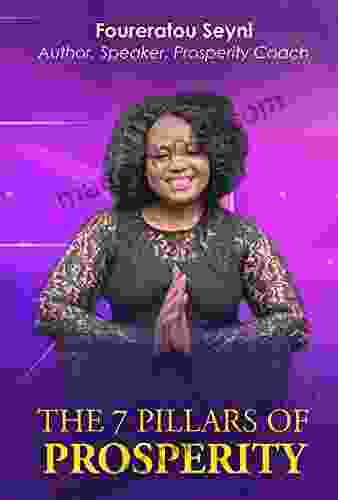
 Kurt VonnegutThe Pillars of Prosperity: Unveiling the Blueprint for Economic Empowerment...
Kurt VonnegutThe Pillars of Prosperity: Unveiling the Blueprint for Economic Empowerment... Cody BlairFollow ·13.6k
Cody BlairFollow ·13.6k Lord ByronFollow ·4.9k
Lord ByronFollow ·4.9k Francisco CoxFollow ·17.6k
Francisco CoxFollow ·17.6k Reed MitchellFollow ·9.2k
Reed MitchellFollow ·9.2k Arthur Conan DoyleFollow ·9.3k
Arthur Conan DoyleFollow ·9.3k Carter HayesFollow ·10.8k
Carter HayesFollow ·10.8k Ben HayesFollow ·16.4k
Ben HayesFollow ·16.4k Seth HayesFollow ·16.4k
Seth HayesFollow ·16.4k

 Ernest Powell
Ernest PowellBenefits of Corporal Punishment: A Review of the...
Corporal punishment is a form of physical...
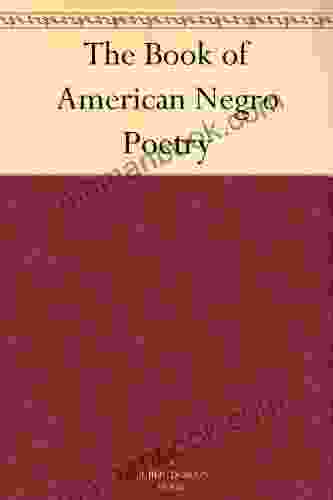
 Bobby Howard
Bobby HowardThe Development and Significance of African American...
African American...
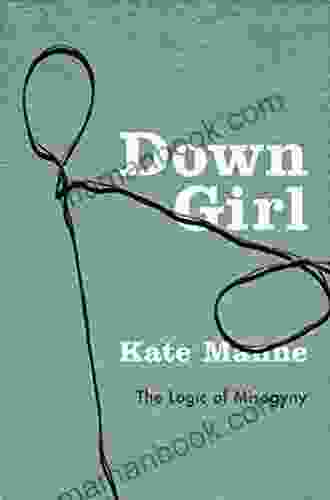
 Guy Powell
Guy PowellDown Girl: The Logic of Misogyny - A Comprehensive...
In her groundbreaking work,...

 Forrest Blair
Forrest BlairThe Bikini Changing Room: A Micro Mini Romance
In the heart of...
5 out of 5
| Language | : | English |
| File size | : | 801 KB |
| Text-to-Speech | : | Enabled |
| Screen Reader | : | Supported |
| Enhanced typesetting | : | Enabled |
| Print length | : | 17 pages |
| Lending | : | Enabled |


